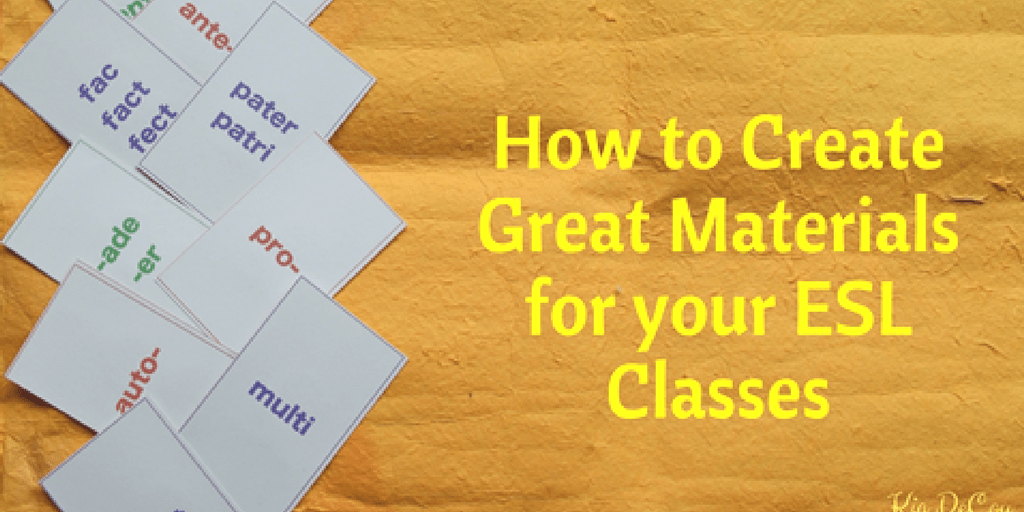Good Ideas On Picking Italian Nursery Teaching Aids
Wiki Article
What Are The Most Important Textbooks, Workbooks And Other Books Are Required For Italian Nursery Schools?
Italian nursery schools are generally focussed on creating the children with a stimulating environment that revolves around playing and rarely use traditional textbooks. But, books can be a significant factor in helping children develop their language and encouraging a love of reading. These are some of the kind of books that can be useful to Italian nursery schools. Picture books: They aid in developing young children's imagination, vocabulary and enthusiasm for learning. They usually feature simple, engaging text and appealing illustrations.
Board books The Board Books are durable books for children who are still learning about how books function. They can introduce children with diverse topics like animals and forms.
Nursery rhymes: Children can develop social abilities, language skills and memory skills through nursery rhymes. Italian nursery schools could use song and rhyme books to supplement their routine activities.
Books that focus on diversity and inclusion. It's essential for children in the early years to understand the importance of diversity and inclusion from an young age. Children can develop empathy, respect, and understanding through books that include characters with diverse backgrounds, abilities, and cultures.
Italian languages books. Italian nursery schools use books written in Italian to help children develop their speaking skills and master the Italian language. They could include simple stories, pictures as well as books that contain Italian nursery rhymes or songs.
It is crucial to select books that are appropriate for the age group interesting, entertaining, and culturally relevant to the children of the nursery school. Teachers and caregivers can utilize books to help children explore new themes and topics. Take a look at the recommended schede didattiche italiano for site info.

What Maths Educational Games Are Highly Recommended By Italian Schools?
Maths didactic cards can be a useful tool for introducing young children in Italian nurseries to mathematical concepts. Maths didactic cards could include: Number Cards: These cards assist children to learn numbers between 1 and 10, or even higher. It is possible to use illustrations to enhance the learning experience through the use of animals or objects as the numbers.
Shape cards are a fantastic method to aid your child learn about the various shapes. For example, they can teach them how to identify and describe the shapes of triangles, squares and circles. They can feature illustrations of real-life objects that represent the various shapes.
Color cards: Kids can learn to identify colors by making use of color cards. They can also include illustrations of objects that are dominated by one color. They will engage youngsters more.
Counting cards are an excellent option to assist your child learn to count. To make learning more fun you can also include pictures of animals or objects which represent numbers.
Time cards: Time cards can help children learn the concept of time as well as the names of days of the week and months of the year. They could also feature images of clocks or calendars to make learning more engaging.
Maths cards should be age-appropriate fun, interactive and engaging for young children. Teachers and parents can make use of these Maths cards to make interactive and fun Maths exercises. This will encourage the children's curiosity, and their enthusiasm for learning. Read the recommended schede didattiche matematica sostegno for blog examples.

What Teaching Materials In Science Are Required In Nurseries Of Italy?
In Italian nurseries, science-based teaching materials can aid children to discover and discover the world. Here are a few examples of the kind of support needed for teaching materials in science: Curriculums and lesson plans. A well-planned program as well as lesson plans that incorporate scientific concepts can ensure that children learn and are exposed to scientific concepts.
Visual aids can also be useful. Charts and posters and manipulatives such magnifying glasses, nature specimens and magnifying glasses can aid children in learning scientific concepts in a visual manner.
Books and Videos: Books and video that cover science topics like animals, plants and weather is a wonderful way to engage children in learning and to provide them with additional information.
Outdoor learning spaces Playgrounds and gardens provide children with the opportunity to explore and learn about the world around them.
Parental involvement: Involving the parents in the science curriculum can assist in enhancing concepts learned in nursery. This also promotes the involvement of families.
Assessment tools: Assessment tools can help teachers and caregivers monitor the progress of children and pinpoint areas where additional support may be required.
It is essential that the materials provided for science teaching are age-appropriate. Teachers and caregivers can to make use of these materials in order to develop engaging, interactive science experiences for children that will promote their curiosity and enthusiasm for education. Read the most popular schede didattiche scienze for more advice.

What Kinds Of Geography Resources Can Be Used In Italian Kindergartens?
Italian nurseries employ geography-related materials to teach children about various cultures, environment and nations. Here are a few examples of potential geography teaching resources: Maps. Maps can be used to aid children understand geography, including the geographical features of different regions and countries.
Globes aid children in imagining the surface of the earth and can be used to teach about continents and the oceans.
Video and Pictures: Images and videos that show different cultures and places can be used to educate youngsters about the diversity that exists in the world. Children will also be taught about the different ways people live.
Books appropriate for children and that feature different cultures and locations all over the world could encourage children to discover a fascination with geography.
Natural materials. Rocks, shells and plants aid children in understanding the different ecosystems and environments.
Field excursions. Children can learn about geography through hands-on activities and encounters at local parks, zoos and museums.
It is vital to choose resources for geography education that are age-appropriate and culturally sensitive. Teachers and parents can use these materials in order to develop stimulating, interactive activities that encourage children's enthusiasm and curiosity.
